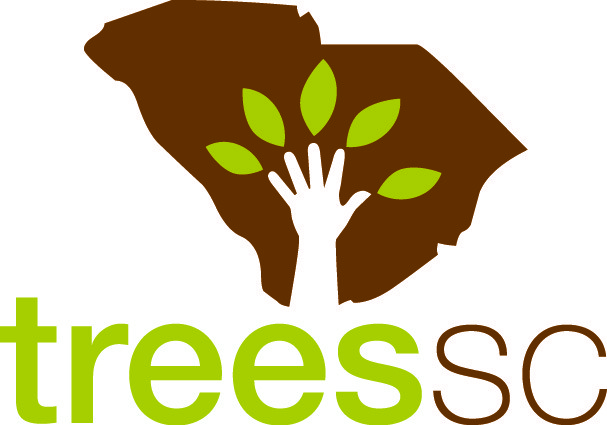Smokey Bear celebrated his 75th anniversary in a big way this year! On New Year’s Day he was in the Tournament of Roses Parade, the Smithsonian National Zoological Park introduced a new graphic exhibit in his former home there, he was feted at the National Portrait Gallery on August 9, and he made an appearance as a big helium balloon at the Macy’s Thanksgiving Day Parade. Whew, I think he might be glad the year is winding down!
Although climate change may also have been brewing for 75 years (or more), the scientific community has only been discussing it seriously for about the past 30 years.
When it comes to wildfire, Smokey Bear is all (and only) about personal responsibility and preventing ignitions, since 9 out of 10 wildfires are human-caused. Smokey doesn’t fight fire – his mission is to promote personal responsibility in preventing unwanted wildfire ignitions. I know from a very reliable source this isn’t likely to change any time soon.
Human-caused climate change is responsible for more extreme weather events (hurricanes, thunderstorms, tornadoes, Santa Ana winds, droughts, flooding) which frequently lead to explosive wildfire behavior: hotter fires that move faster and are more difficult to contain than ever before. As the climate has warmed in the last 30 years, wildfire data shows that wildfires have increased in size, frequency and intensity. Those fires have impacted many more lives and structures than they have in the past, frequently destroying entire subdivisions or communities. Since our ever-growing population has been building homes in natural areas for awhile now, this trend will continue. Catastrophic wildfire impacts far more than just the communities they burn up – tremendous amounts of harmful byproducts of combustion impact the atmosphere and cause health problems, regional and national firefighting and emergency response resources are overwhelmed, and taxpayers foot the ballooning expense of more and more destructive natural disasters.
As community forest managers, should we be thinking about ways to help minimize the impact of potential catastrophic wildfire in our communities across South Carolina? I bet few of us can really imagine it happening here – myself included. I bet the folks in Pigeon Forge and Gatlinburg, TN, thought the same thing on the night of November 28, 2016.
Exceptional drought, extremely low relative humidity, and wind gusts as high as 87 mph provided explosive conditions for any wildfire ignition that night. The high winds knocked down trees into power lines and the sparks that flew ignited a wildfire that blew up so quickly that emergency services were overcome. Granted, this occurred in mountainous terrain which profoundly compounds 1) fire behavior and 2) getting people and equipment from place to place, but I think it should be a wakeup call to all communities on the East Coast that IT CAN HAPPEN HERE.
Moreover, given our sluggish reaction to climate change, extreme weather events are more common and more extreme – and will continue to worsen going forward. We’re already behind the curve – so we’d better be thinking about how we plant and maintain trees in our communities, examining our policies and practices to find ways we can do things differently to help 1) mitigate climate change and 2) minimize impacts of wildfire under explosive fire behavior conditions.
Eastern communities may be able to look to work done by communities in the Western US, where conditions are historically much more arid than the East, for ideas on how to improve our wildfire readiness. Some broad issues to consider could include species selection, utility line clearance policy, appropriate types of landscape mulch, etc. Think on it as you go about your daily routine, try to imagine what your community might look like after weeks of extreme drought, with an extreme weather event that includes low humidity and high winds approaching. Would you want to sleep in a house tucked into a dense stand of pines? What might wish you had done if you had the power and known what to do to change your community 10 or 20 years ago?

Recent Comments